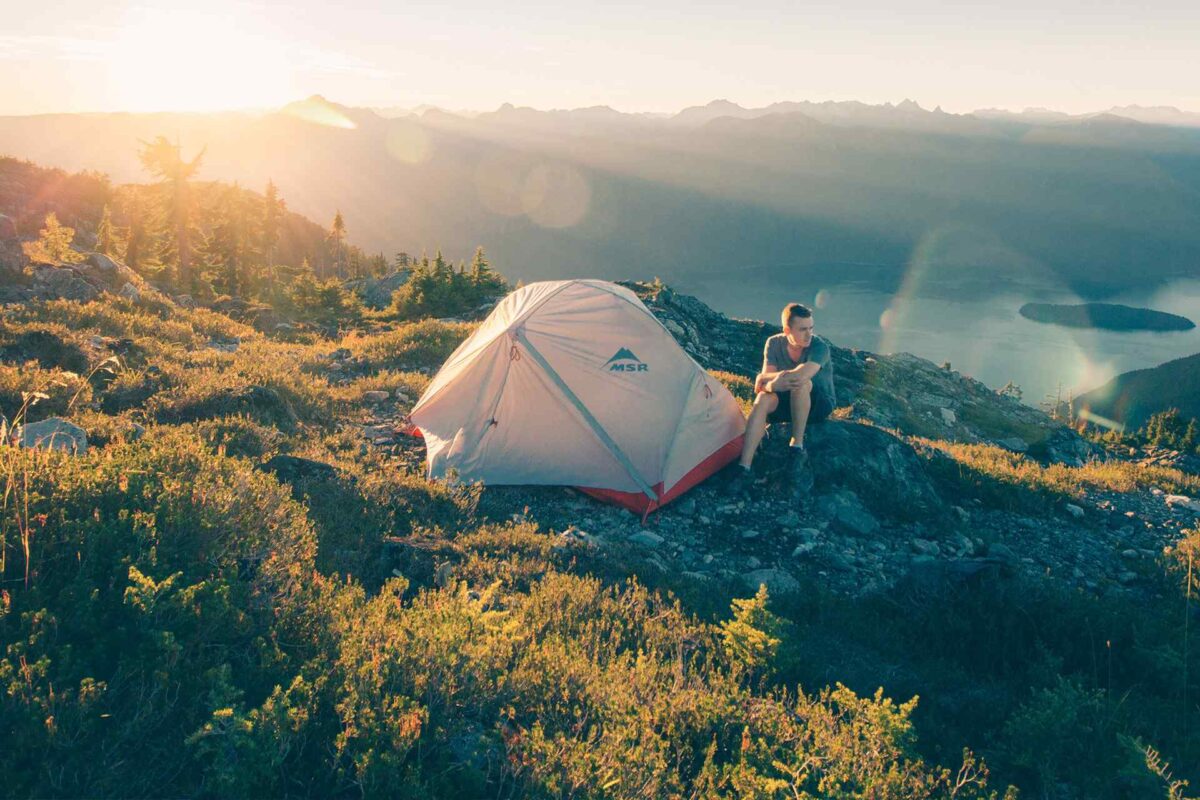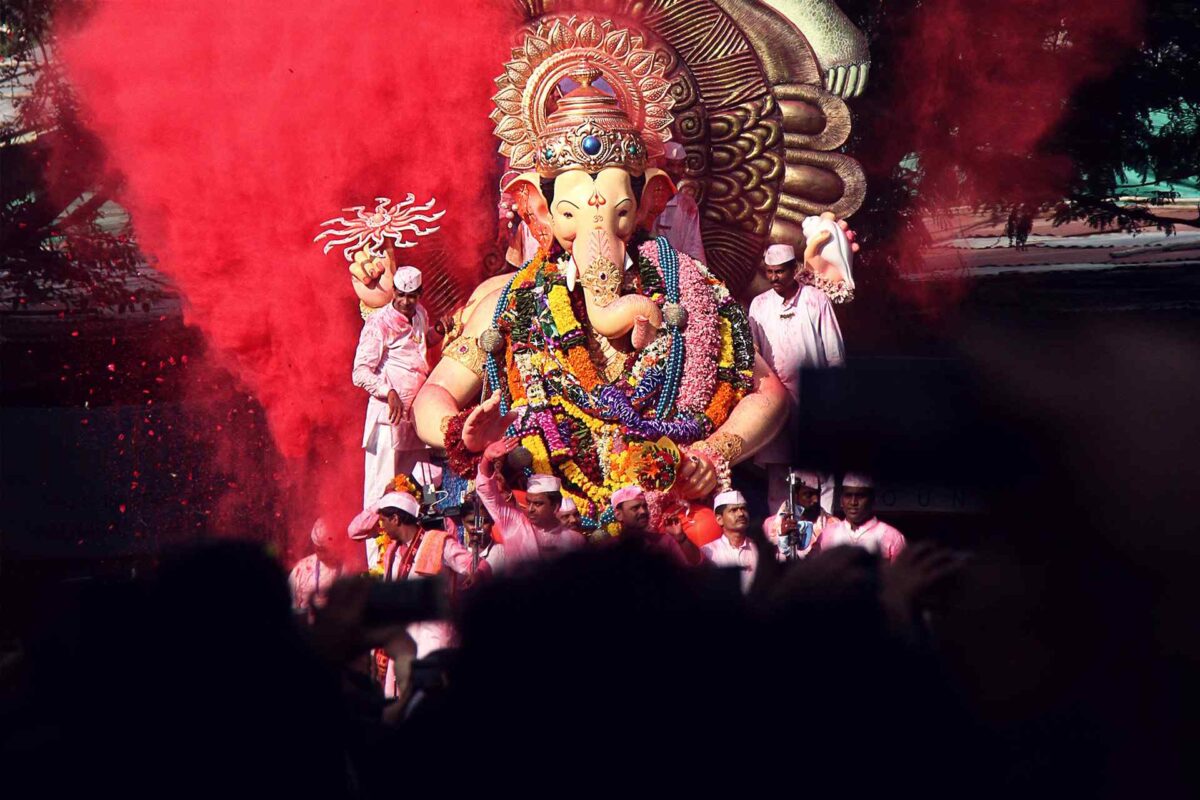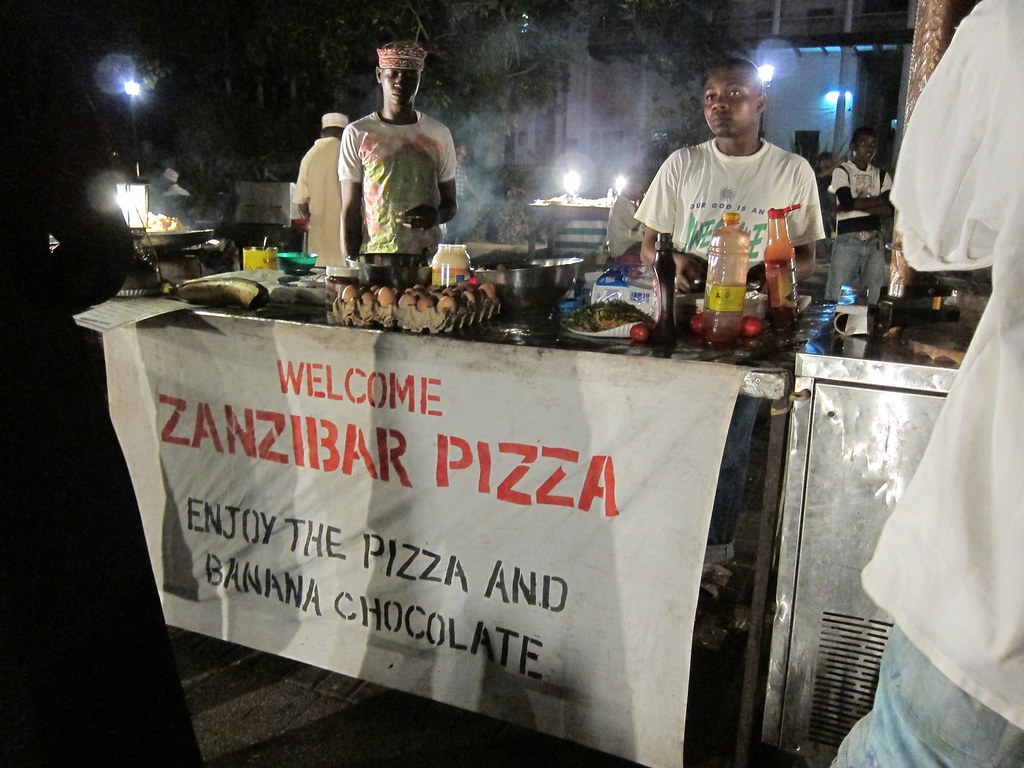Zanzibar and Pemba are two islands off the coast of Tanzania that offer a unique blend of history, culture, nature, and adventure. Whether you are looking for a relaxing beach holiday, a cultural immersion, or an adrenaline rush, you will find something to suit your taste in these islands. Here are 10 things to see in Zanzibar and Pemba that will make your trip unforgettable.
1. Stone Town
Stone Town is the historic center of Zanzibar and a UNESCO World Heritage Site. It is a maze of narrow streets, old buildings, mosques, and bazaars that reflect the diverse influences of Arab, Indian, Persian, and European traders and settlers. You can explore the town on foot or by bike, and visit the landmarks such as the House of Wonders, the Old Fort, the Palace Museum, and the Anglican Cathedral. You can also learn about the history of slavery in Zanzibar at the Slave Market and the Slave Memorial. Don’t miss the opportunity to watch the sunset from the Forodhani Gardens, where you can also sample the local street food.
2. Misali Island
Misali Island is a small island off the west coast of Pemba that is surrounded by crystal waters and stunning coral reefs. It is part of the Pemba Channel Conservation Area, which aims to protect the marine life and the local fishing communities. Misali Island offers some of the best diving and snorkeling in East Africa, with over 40 species of coral and 300 species of fish. You can also enjoy the pristine white-sand beaches, the lush forest, and the birdlife on the island. Misali Island is accessible by boat from Chake Chake or Wesha.
3. Jozani Forest
Jozani Forest is the largest and only remaining indigenous forest in Zanzibar. It is home to the endangered Zanzibar red colobus monkey, which is endemic to the island and can be easily spotted in the trees. You can also see other animals such as bushbabies, duikers, butterflies, and birds. Jozani Forest has several trails that you can follow with a guide, who will explain the flora and fauna of the forest. You can also visit the mangrove boardwalk, where you can see the different types of mangroves and their importance for the ecosystem.
4. Ngezi Forest Reserve
Ngezi Forest Reserve is another natural gem in Pemba, located in the far northeastern part of the island. It is one of the last remaining areas of indigenous forest that once covered much of Pemba, and it hosts a variety of plants and animals, some of which are endemic to the island. You can take a guided walk through the forest and admire the giant trees, the ferns, the orchids, and the wildlife. You can also visit the nearby Vumawimbi Beach, which is one of the most beautiful and secluded beaches in Pemba.
5. Spice Plantations
Zanzibar is known as the Spice Island, because of its production and export of spices such as cloves, nutmeg, cinnamon, pepper, and vanilla. You can visit one of the many spice plantations in Zanzibar and learn about the history and cultivation of these spices. You can also see, smell, and taste the different spices, and buy some to take home. Some spice plantations also offer cooking classes, where you can learn how to make traditional Swahili dishes using the local spices.
6. Kidike Flying Fox Sanctuary
Kidike Flying Fox Sanctuary is a unique attraction in Pemba, where you can see the Pemba flying fox, a large bat that is indigenous to the island. The sanctuary is home to a colony of about 4000 flying foxes, which roost in the trees during the day and fly out at dusk to feed on fruits. You can watch these amazing creatures from a viewing platform, and learn more about their behavior and conservation from the guides. You can also see other animals such as monkeys, bush pigs, and birds in the sanctuary.
7. Prison Island
Prison Island, also known as Changuu Island, is a small island near Stone Town that was once used as a prison for rebellious slaves and later as a quarantine station for yellow fever patients. Today, it is a popular tourist destination, where you can see the giant tortoises that were brought from the Seychelles in the 19th century. Some of these tortoises are over 100 years old and weigh over 200 kg. You can also enjoy the beach, the snorkeling, and the views of Stone Town from the island.
8. Ras Kigomasha Lighthouse
Ras Kigomasha Lighthouse is a historic landmark in Pemba, located on the headland at the far northern tip of the Kigomasha Peninsula. It was built by the British in 1900 and is still actively used to guide ships in the Pemba Channel. You can climb up the 50-meter-high tower and enjoy the panoramic views of the ocean and the island. You can also visit the nearby Kigomasha Peninsula, which has some of the best beaches and fishing spots in Pemba.
9. Mnemba Island
Mnemba Island is a private island off the northeast coast of Zanzibar, which is surrounded by a coral atoll that forms a marine reserve. It is one of the most exclusive and luxurious destinations in Zanzibar, where you can stay in one of the 12 beachfront villas and enjoy the privacy, the service, and the amenities. You can also access the marine reserve, which is a paradise for divers and snorkelers, with over 600 species of fish and other marine creatures. You can also see dolphins, turtles, and whales in the waters around the island.
10. Zanzibar International Film Festival
Zanzibar International Film Festival, also known as ZIFF, is an annual event that showcases the best of African cinema, music, and arts. It is held in July in various venues in Stone Town, and attracts thousands of visitors and participants from all over the world. You can watch films from different genres and countries, and attend workshops, discussions, and awards ceremonies. You can also enjoy the live music, dance, and cultural performances that take place during the festival. ZIFF is a great way to experience the diversity and creativity of African culture.


